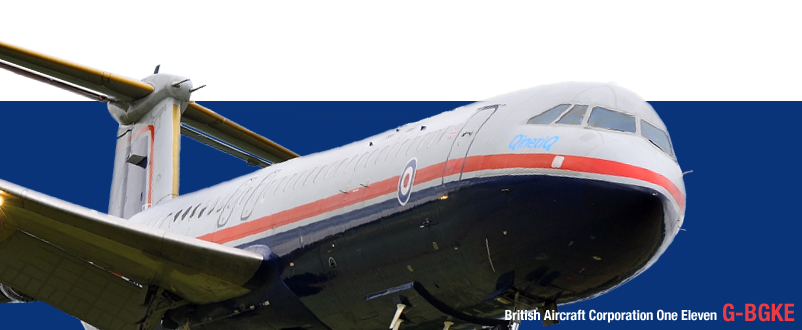
G-AMSV Returns to Coventry
An old friend returned to Coventry yesterday when G-AMSV, in her striking Indian Air force livery, landed here for extensive maintenance by our engineers. Sierra Victor was part of the Air Altantique fleet here for many years. She'll...
Baginton Air Pageant
The initial details for the Baginton Air Pageant are up on the website! As we don't have the space for a full-on air show attracting 20,000 or so people, we're aiming for low-key, themed days like this. A couple of thousand people,...
Newquay Pleasure flights
We promised we'd be back to fly in Cornwall, and here we are. We'll be heading south with a Rapide and Chipmunk to spend a week at Newquay from 25th July, with a further visit planned in August. The flights are bookable in the normal...
New Dakota Book
Geoff Jones just told me that his new book on the DC-3, released to celebrate the 80th anniversary of the Dak's appearance, is now available. The cover sports a lovely shot of G-ANAF, shot by Simon Westwood before her radome goiter was...
Nimrod Engine Run
We've just confirmed plans by NPT to run all four of the Nimrod's Rolls-Royce Speys on Saturday 9th May. We expect the thunder to start just after lunchtime. Come along and enjoy some audio power - and please dip into your pockets...


The One Eleven was conceived by Hunting in response to a requirement for a short-haul airliner to replace the Vickers Viscount. Jet-powered short-haul airliners were only just appearing, the pioneer in this area being the French Sud Aviation Caravelle. The Caravelle had proved the concept of rear-mounted engines and was famous for its quietness. As advertising headlines of the day proclaimed "The noise is left behind you".
The One Eleven followed a similar layout, originally being designed to take Bristol Siddeley BS75 turbofan engines. It was conceived as a 30 seat passenger aircraft, but it was quickly decided that this was inadequate. By the time building of the prototype commenced capacity had increased, first to 59 and finally to 80 passengers. Hunting had by now responded to government pressure and merged with Bristol, English Electric and Vickers-Armstrong to form British Aircraft Corporation, usually shortened to BAC.
The enlarged aircraft, designated 1-11, was to be powered by Rolls Royce Spey engines, a more powerful engine developed from the much larger Rolls Royce Conway used to power the Handley Page Victor bomber.
Britain in the late fifties and early sixties was far more insular than it is today. Aircraft manufacturers tended to design for British airlines, primarily British European Airways (BEA) and British Overseas Airways Corporation (BOAC). The One Eleven broke this mould, being conceived from the start as a global aircraft with relevance in all aviation markets. It was a major success in this endeavour, achieving very significant worldwide sales.
The One Eleven proved popular in the United States beating Douglas and Boeing to the punch with their alternative short-hauliers. In 1964 BEA requested a stretched version to take 119 passengers. Designated the One Eleven 500, it was delayed by over a year when BEA re-considered their requirements. By the time the 500 appeared, Douglas had caught up, offering the DC-9, and the ubiquitous 737 had arrived from Boeing. The first-mover advantage had been lost.
The One Eleven remained popular in Europe and continued in daily service until well into the eighties. When production ceased in 1989, 244 had been built, both in Britain and Romania.
In 2003, new noise reduction regulations stipulated the modification of active One Elevens with "hush kits". The Spey engines were designed in an era when noise was little considered, and fitting of the kits proved prohibitively expensive for the smaller airlines who now made up the majority of One Eleven operators.
The last One Eleven in service with British Airways was retired in 1998.

